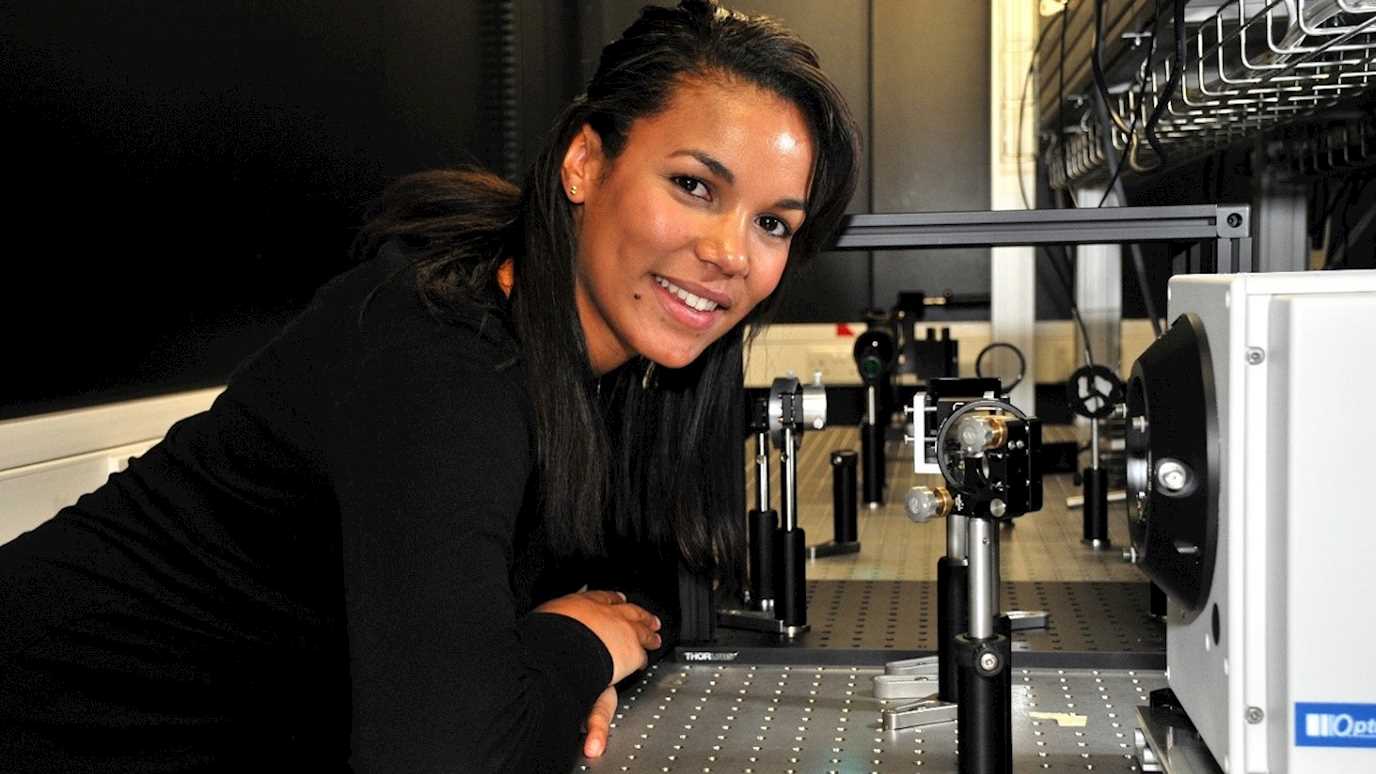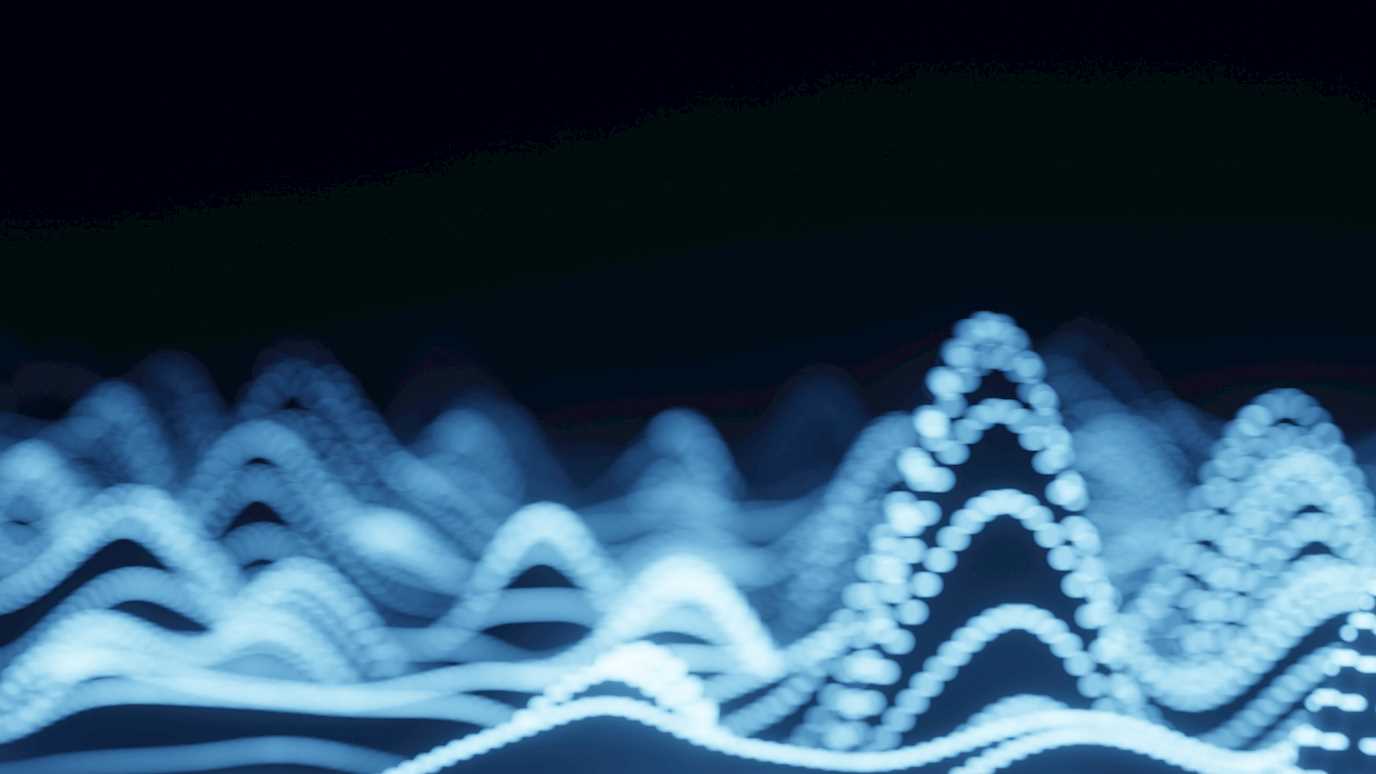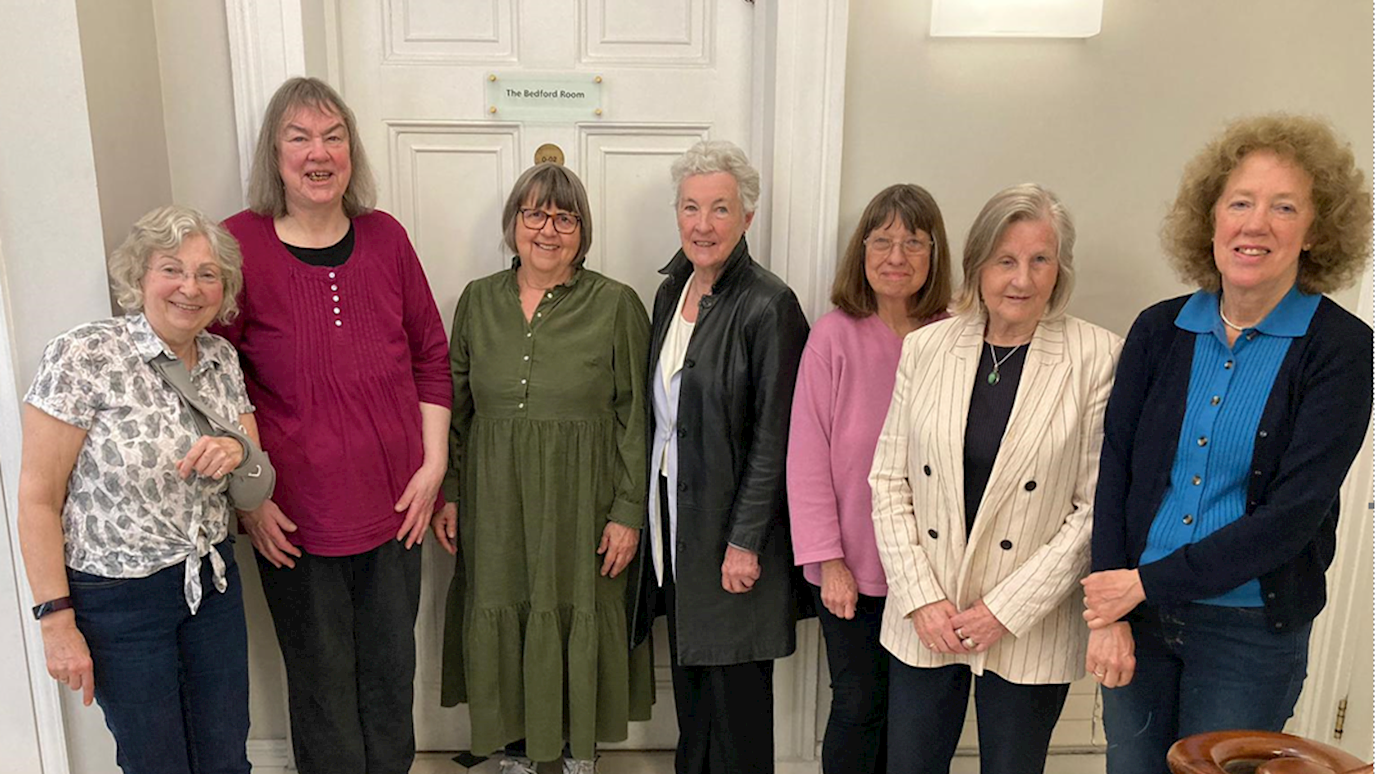Physics alumna Lorraine Bobb is Head of Diagnostics at Diamond Light Source, the largest synchrotron facility (or ‘super-microscope’) in the UK. She talks to us about breaking the mould as a Physics student at Royal Holloway and how her work can enable a brighter future for all.

Like many scientists faced with a problem, Lorraine opted to first look at the data when deciding to study at Royal Holloway back in 2007 and was impressed with the ranking of the Department of Physics at the time, for both the quality of education and by the students. “I noted the benefit of the department not being too big nor too small,” she recalls. “Everyone knew each other by name and the lecturers ran an open-door policy for students to ask questions and overcome obstacles in their studies.
“Looking further, I found that Royal Holloway also offered a range of grants and scholarships to enable students like myself from lower income families to pursue higher education and reach their full potential.”
Lorraine, a keen sportsperson, also wanted to benefit from a university which offered the quality and accessibility of sports facilities so she could continue competing in athletics at the national level and begin bob skeleton. Royal Holloway met these criteria with the on-site facilities, and she was supported via STARS (the student talented athlete recognition scheme) during her studies.
“I like to think I broke the mould of the expected physics student - one of the subjects that sees significant stereotyping,” she says. “Here I was, a mixed race, female physics student pursuing my passions of physics and sport, supported every step of the way by Royal Holloway.”
During her time studying MSci Physics, she grasped the opportunities to complete summer placements, helping her to expand her skillset and identify the type of work she most enjoyed. “Often enjoyment is overlooked or not seen as a priority when it should be a key consideration. So much time is spent at work, therefore it’s important to find a fulfilling career,” she says. “The best way I found was to experience work first-hand.”
After completing her degree, Lorraine pursued a PhD in the field of Beam Diagnostics on Particle Accelerators, also with Royal Holloway but based full-time at CERN, Switzerland with the majority of her experiments at the Cornell Electron Storage Ring, USA. “It was a wonderful opportunity to experience living abroad and to work with a variety of people at two international accelerator facilities,” she says.
Following her PhD, Lorraine returned to Diamond Light Source, where she had previously undertaken a summer placement, in the role of Diagnostics Physicist. Diamond Light Source is the UK’s national synchrotron facility, accelerating electrons to produce light called synchrotron radiation for a diverse range of experiments. “Effectively Diamond is a super-microscope which can be used to study anything and everything; viruses, proteins, fossils, artwork, new materials, components for jet engines, the list goes on!” Lorraine explains.
“As a diagnostics physicist I was responsible for diagnosing the electron beam in the accelerator - in essence providing instrumentation to act as the ‘eyes and ears’ of the machine. With these diagnostics we’re able to monitor electron beam parameters like position and size, which in turn allow us to control and optimise the accelerator and the synchrotron radiation provided to users on beamlines. We enable scientific research as well as doing our own research to improve our diagnostics systems. These findings are then shared with the international collaborative diagnostics community and published in conference proceedings and peer-reviewed journals.”
Recently Lorraine became Head of the Diagnostics group at Diamond, leading a team of physicists, engineers, and technicians to maintain and improve existing diagnostics instrumentation, which she describes as her greatest professional achievement to date. As part of the Diamond team she is currently working hard to develop new diagnostics and to try to secure funding for the next generation synchrotron light source in the UK, Diamond-II.
“I most enjoy the variety of challenges it brings. Beam diagnostics is a happy medium, combining theoretical physics and hands-on engineering. I also enjoy the collaborative aspect of my work. At Diamond there are many technical groups that all work together to deliver the high brilliance beams to our scientific user community on the beamlines. Beyond this, the field of beam diagnostics is very cooperative and I have the opportunity to discuss ideas with (and usually visit!) colleagues at facilities across the world. Another aspect of collaboration that I enjoy are the many outreach activities and student projects that I’m involved in.”
























